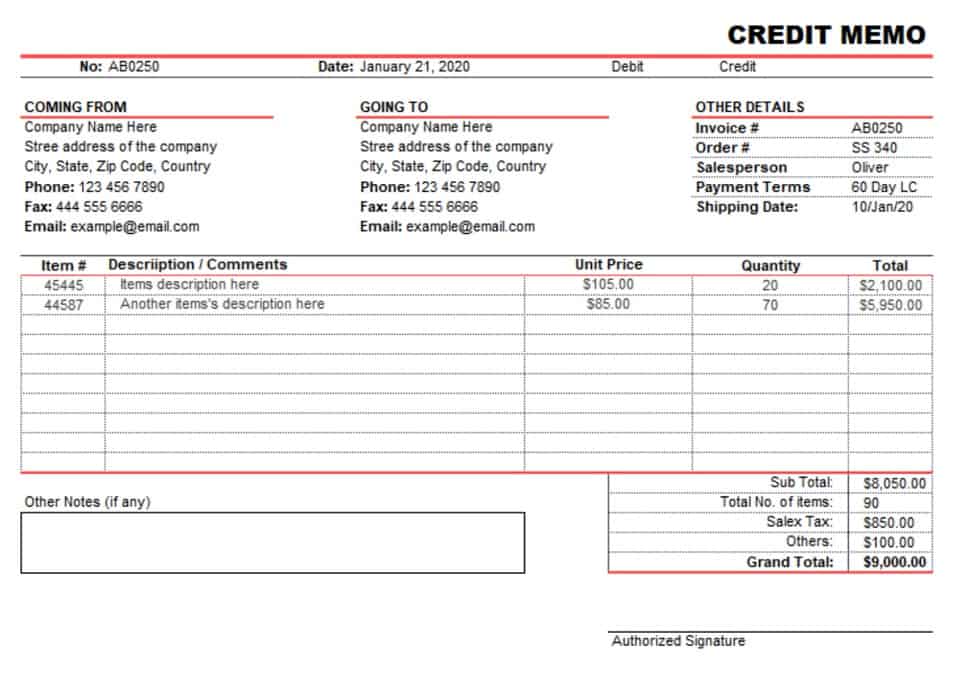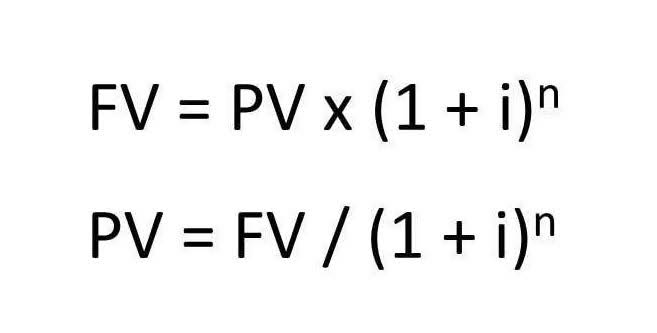
The fee is typically a percentage of the settlement awarded, incentivizing the lawyer to win and secure the best possible outcome. It’s essentially a written document that outlines the terms of engagement between a client and a lawyer. Legal insurance can save you the potentially substantial retainer fee, but it may not give you as much choice when it comes to the lawyer you work with. Such retainers work best when the client trusts your skills and wants to retain you as a service provider.
Include Dates
Consider it a unified workspace for you and your client to engage in collective brainstorming and problem-solving. From there, you should create a detailed description of the services, the duration of the agreement, the compensation, and any other details. To successfully sell one of these retainers, you should emphasize retainer fee meaning the value they’ll get upfront. Once the balance hits zero, the attorney may switch to billing hourly or request another deposit.
III. Regularly Reviewing and Potentially Revising Agreements

Payment is not based on the court outcome of the case, and if the case is resolved in less time, then the attorney will refund the appropriate amount. If you’re tired of the feast-or-famine cycle in your https://www.bookstime.com/articles/financial-statements-for-banks consulting business, you’re not alone. 87% of consultants are missing out on the stability and growth potential that retainer income provides. You don’t ask someone to marry you on the first date, and you shouldn’t offer a consulting retainer during your first project either. They’re paying for peace of mind and priority access when they need it most.
- Retainer fee contracts are essentially the same thing as retainer agreements.
- For example, an attorney might receive 20% of the retainer fee after they complete the pre-trial process.
- The more people within the organization who understand your value, the stronger your position when proposing ongoing partnership.
- Once a client signs a representation agreement with an attorney stipulating the retainer fee, the client is required to deposit the fee in a special account.
- By providing funds upfront, the individual who is providing the service will know that their client intends to see the project or task through to the end.
Understanding Retainer Fees: Meaning, Types, and Examples

Retainer fees have likely been around for hundreds of years since service providers have always tried to get paid in advance for their work. However, the term “retainer fee” and its use in professional services such as consulting and legal services are relatively recent. You might also need a separate bill every month or every quarter that shows the additional costs you still have to cover, which are typically due upon receipt. By securing a professional’s services over an extended period, clients often feel a greater sense of commitment and investment in the relationship. This long-term engagement allows the professional to gain a deeper understanding of the client’s needs and business, leading to more tailored and effective solutions.
By its nature, a retainer fee is “unearned.” It is an upfront payment for work that has yet to be completed. We’ll use the hiring of an attorney as an example of how a retainer fee works as a service agreement. They estimate that it will take them 40 hours to prepare and present a court case for a prospective client. The challenge isn’t just knowing about retainers; it’s implementing them effectively in your specific situation.

Do I Need a Lawyer for Help With a Retainer Agreement?
Retainer fees are well-suited to a range of legal matters and client needs. Even if you aren’t paying up front, you should still have a written agreement with your lawyer. Similarly, you can retain a lawyer to handle a personal injury case against a trucking company that negligently maintained its vehicles.

Why Retainer Fees?
- Retainer fees are not exclusive to any one industry; they’re a versatile payment model that can be adapted to various service-based businesses.
- The amount of the retainer fee will depend on the services you will provide and how long you will provide those services.
- Moreover, service providers need to be mindful when crafting the contract agreement with clients.
- You may also want to compare agreements from multiple attorneys to ensure you’re getting favorable terms.
- For example, a consultant may define monthly strategy meetings and performance reports.
- In the example above, the retainer is considered unearned until the court case is closed and finalized.
A retainer fee is an advance payment made to a professional, such as a consultant, freelancer, or lawyer, to secure their services. normal balance The importance of understanding your rights and responsibilities under any contract, including a retainer agreement, cannot be overstated. A retainer agreement not only maps out the attorney-client relationship, but it can also shape the outcome of your legal situation. While it is not mandatory by law in every jurisdiction to have a retainer agreement between a lawyer and a client, it is strongly recommended and is considered a best practice.
- In general, it refers to a sum of money paid up front as part of a professional agreement to obtain legal services.
- Make sure that the time period is outlined in the agreement, so that both parties are aware of when they need to have completed their tasks.
- If the attorney completes the case in the second month after spending another three hours, he will charge $300 against the remaining fee, leaving a balance of $300.
- Retainer fees are a common practice in various professional services, providing both clients and service providers with a structured financial arrangement.
A general retainer, also known as an availability retainer, is a fee paid to secure a lawyer’s availability for a specific period. This type of retainer doesn’t apply to the lawyer’s hourly rate for actual legal services performed but instead ensures the lawyer will be available when needed. The software allows lawyers to effortlessly accept secure online payments for retainer fees.
Disadvantages for Service Providers
That means the client or clients and all the people who will work on the project. First, you need to determine how long the work will take, whether five hours or 20 hours. There might be hours to add later, but for the retainer fee, you’ll want a base amount of hours to work with. For example, a client may pay for an attorney and lose their case, but they still have to pay for the attorney’s time. For instance, an attorney may agree to represent a client in a personal injury case in exchange for 35% of the total settlement, if the case is settled before the case goes to trial. Then the fee may increase to up to 50% of the total recovery if the case proceeds to trial.